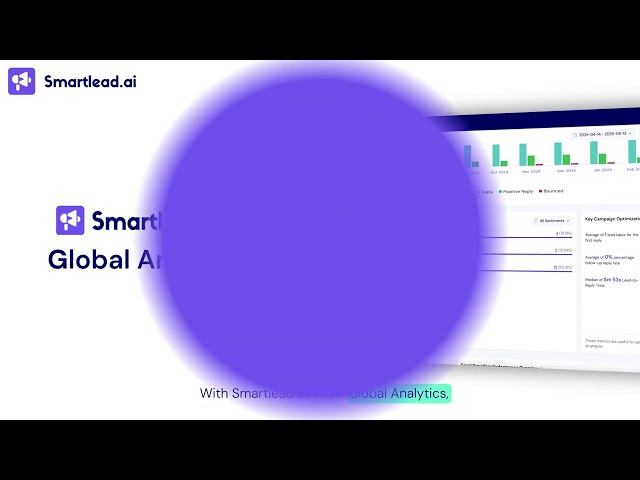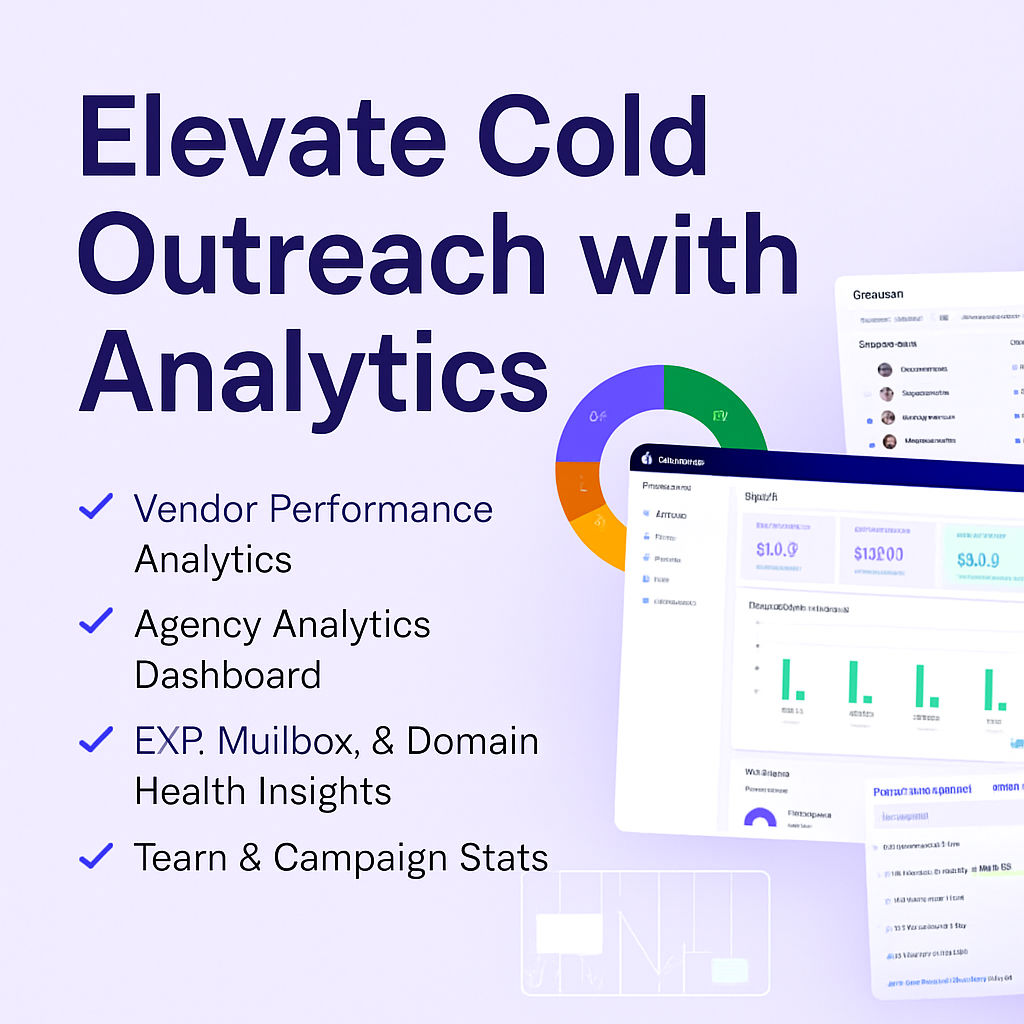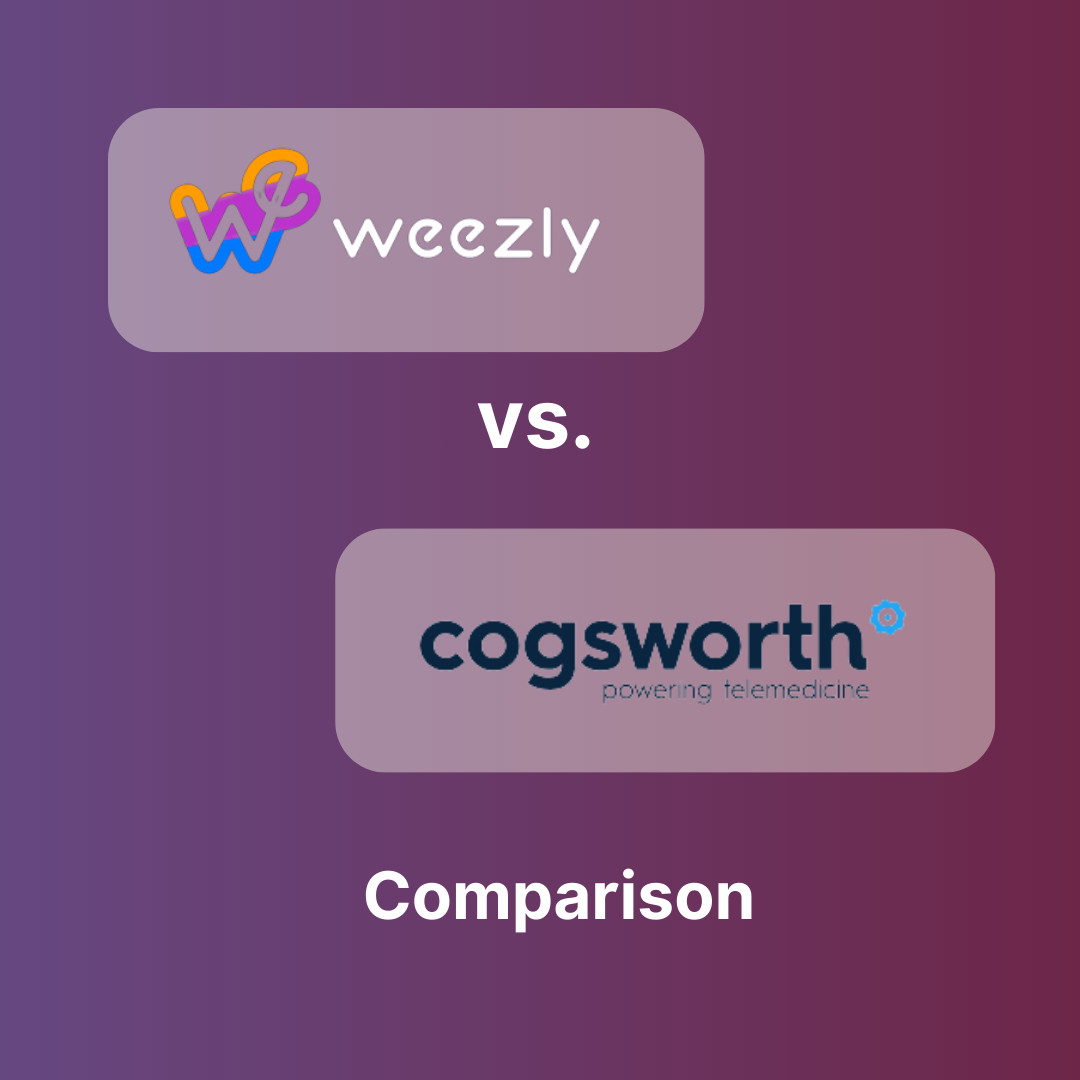Measuring the effectiveness of your cold outreach campaigns is crucial for improving results, but many professionals still struggle to gain a clear, unified perspective on their efforts. Today, advanced outreach tools are transforming the way businesses monitor email campaigns, analyze SDR performance, and make data-driven decisions. Leveraging global analytics in outreach platforms is now a must for any high-performing sales or marketing team seeking a competitive edge.
Based on the original video:
Why Global Analytics Are Changing Cold Outreach
The primary topic keyword, global analytics for cold outreach, encapsulates one of the most impactful recent trends in outbound marketing. Instead of fragmented data and disconnected reports, new global analytics dashboards gather campaign results, mailbox performance, and SDR achievements—presenting them in one comprehensive view.
This shift gives sales teams, agencies, and businesses the power to:
- Identify high-performing mailboxes and campaigns instantly
- Spot underperformers and make quick adjustments
- Track sales development representatives (SDRs) with clarity
- Monitor client health and risk in real time for agencies
- Drill down into specific ESPs, domains, or mailboxes to optimize strategy
Unified Outreach Performance: End Guesswork, Start Scaling
Historically, analyzing cold outreach performance involved juggling multiple spreadsheets, digging through mailbox-specific stats, and spending hours compiling numbers manually. This often led to confusion and slow reactions to shifting trends. The power of a unified analytics dashboard is that it consolidates mailbox, campaign, and client data into a single platform—reducing friction and unlocking actionable insights.
Imagine being able to:
- Instantly see which SDRs are exceeding expectations
- Visualize reply rates broken down by campaign and mailbox
- Dive into domain and ESP-level stats for deliverability health
- Quickly compare time periods or performance across clients
These unified metrics enable both in-house sales teams and agencies to spot opportunities and risks long before they impact revenue.
Advanced Filtering and Real-Time Insights
The best global analytics platforms put you in the driver’s seat, offering flexible filtering and drill-down options. Whether you’re interested in yesterday’s performance or trends over the past year, these platforms accommodate any time horizon you need—up to 365 days back.
Key features of modern analytics:
- Date Range Flexibility: Observe daily, weekly, monthly, or annual patterns.
- ESP, Mailbox, and Domain Filters: Identify which areas are pulling ahead or lagging behind.
- Role-Based Dashboards: Give SDRs, managers, and agency leaders tailored access to relevant data.
- Client-Specific Monitoring: Perfect for agencies, letting teams oversee health and risk factors across all managed accounts.
These filters are the key to diagnosing issues and uncovering what’s truly working. For example, you might discover that certain ESPs are yielding stronger reply rates, or that a specific mailbox is being flagged due to deliverability problems. Rather than reacting to gut feelings, every adjustment becomes a strategic, evidence-backed move.

Campaign-Level Performance with Smart Tracking
Modern global analytics extend beyond surface-level open and reply rates. With advanced platforms, you can access:
- Smart Server Performance: Monitor the health and success rate of the outbound infrastructure itself.
- Campaign Benchmarks: Compare across different campaigns to determine messaging effectiveness.
- Mailbox Dynamics: Spot which sender identities and domains perform best for specific market segments.
- Granular Reporting: Drill down to view performance by recipient type, region, or time of day.
This level of sophistication means nothing falls through the cracks—every touchpoint is tracked, making it easier to refine messaging and boost conversion rates.
Real-Time Risk Monitoring for Agencies
Cold outreach agencies often face unique challenges—juggling multiple clients, managing deliverability at scale, and ensuring all campaigns are running smoothly. The latest analytics tools provide dedicated agency dashboards to:
- Monitor client health across all accounts
- Receive alerts on deliverability or performance risks
- Easily report outcomes to clients with detailed analytics views
Having this real-time transparency empowers agencies to protect sender reputation proactively and confidently communicate value to their customers.
Team Leaderboards: Motivate & Recognize Top SDRs
Global analytics isn’t just about identifying problems—it’s also a motivational tool. Through leaderboards, teams can:
- Spot and celebrate their highest-performing SDRs
- Identify coaching opportunities for those falling behind
- Foster a culture of performance and healthy competition
Visibility drives accountability, but more importantly, it creates a shared sense of progress and achievement across an outreach team.

How to Use Global Analytics to Optimize Outreach
Understanding your outreach data is just the first step—taking action based on analytics is what separates average teams from top performers. Here’s a proven process leveraging the power of global analytics dashboards:
- Step 1: Review Mailbox & Campaign Stats Weekly. Identify trends and anomalies.
- Step 2: Diagnose Issues by Filtering Data. Is a low reply rate due to a specific mailbox, domain, or email template?
- Step 3: Benchmark Against Top SDRs. What are high performers doing differently?
- Step 4: Act & Optimize. Make data-backed changes to messaging, targeting, or sending cadence, then monitor results.
With this feedback loop, teams become increasingly efficient and campaigns consistently improve over time.
Case Study: From Guesswork to Precision
For instance, an agency may be running outbound campaigns for a variety of SaaS clients. In the past, lack of cross-campaign analytics meant slow reactions to problems—by the time a drop in reply rates was noticed, it was often too late. With real-time global dashboards, client health risks surface immediately. Teams can coordinate responses, swap out problematic domain configurations, and prevent sender reputation loss before it impacts client results.
Similar improvements have been observed when sales enablement leaders introduce leaderboards and mailbox stats, helping SDRs replicate successful outreach tactics and scale best practices across larger teams.
The Evolution of Analytics: Speed and Intelligence
One of the key improvements in today’s tools is speed. Legacy systems were slow, clunky, and often outdated by the time reports arrived. The new generation of global analytics is responsive and intelligent—data is updated quickly, reports are more accurate, and insights are surfaced automatically.
From anomaly detection (like sudden drops in deliverability) to performance trend suggestions (such as campaigns that are outperforming peers), smart analytics platforms act more like an extension of your outreach team than a passive tool.

Best Practices for Getting the Most Value from Global Analytics
To maximize the impact of global analytics in your cold outreach, consider the following strategic tips:
- Assign owners to monitor analytics dashboards daily.
- Set benchmarks and goals for reply, open, and delivery rates.
- Use automated alerts for deliverability issues and drop-offs.
- Share leaderboard insights during team meetings to boost morale.
- Regularly review filters to uncover new optimization opportunities.
These steps ensure your investment in analytics translates directly into higher outreach ROI and stronger client relationships.
Related: Exploring the Landscape of Outreach Tools
If you’re considering an analytics-driven platform, it’s wise to understand the broader landscape. For a comprehensive overview comparing industry leaders, check out this full comparison between two top outreach platforms: Lemlist vs. SmartReach: A Full Comparison. This guide outlines how modern tools stack up on features, analytics, and campaign management capabilities.
The Bottom Line: Why Real-Time Analytics Are a Game Changer
In today’s highly competitive marketplace, the margin for error in cold outreach is shrinking. Relying on guesswork or scattered data is no longer acceptable. Implementing real-time, global analytics enables you to:
- Accelerate campaign optimization—substantially improving reply rates
- Protect sender reputation by acting on deliverability insights instantly
- Motivate and develop SDR teams for consistent pipeline growth
- Deliver transparent, data-backed results to agency clients
The latest advancements in unified dashboards, customizable filters, and actionable intelligence have made performance monitoring accessible and essential for outreach success. Embrace these tools, and you’ll not only keep up—you’ll lead the pack.
FAQ: Global Analytics for Cold Outreach
How do global analytics improve cold outreach success?
Global analytics provide a comprehensive view of outreach efforts across campaigns and mailboxes, helping teams identify and optimize high-performing strategies quickly.
Can agencies track multiple clients in one dashboard?
Yes, dedicated agency dashboards allow for real-time monitoring of client health and risk factors, enabling proactive management of deliverability and performance issues.
What metrics are most important in outreach analytics?
Key metrics include open rates, reply rates, deliverability scores, and team leaderboard rankings. Analyzing these helps pinpoint what’s working and where to improve.
How do team leaderboards benefit SDRs?
Leaderboards foster healthy competition, recognize top performers, and provide actionable feedback to help team members reach their full potential.
What should I do if analytics show a drop in reply rates?
First, filter data by mailbox, domain, and campaign to isolate the issue. Adjust messaging, targets, or sending schedules as needed, then track results for improvement.









